Fireplace tile sets play a pivotal role in defining the aesthetic and functional aspects of a fireplace. These sets include the tiles used to surround the fireplace, contributing significantly to the room’s overall decor while providing necessary protection from heat and flames. From traditional designs to modern styles, fireplace tile sets offer a myriad of options to suit various tastes and requirements.
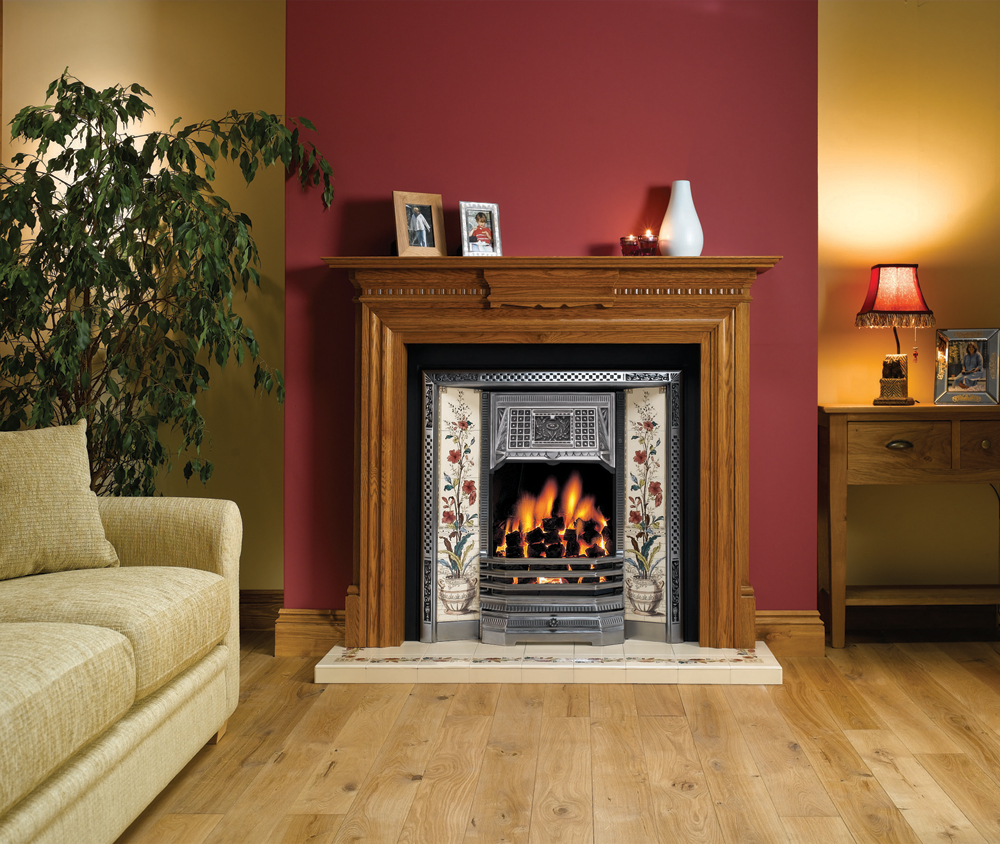
The Purpose and Functionality of Fireplace Tile Sets
Fireplace tile sets serve both decorative and practical purposes. Aesthetically, they enhance the visual appeal of the fireplace, creating a focal point in the room that can complement or contrast with the surrounding decor. Practically, tiles are heat-resistant and protect the underlying structure from heat damage, preventing the risk of fire hazards. The right tile set can improve the longevity of the fireplace by shielding it from intense heat and ensuring the surrounding walls and floor remain undamaged.
Tiles are also easy to clean and maintain, making them a practical choice for areas exposed to soot, ash, and smoke. Their smooth surface can be wiped clean with minimal effort, keeping the fireplace looking fresh and new. Furthermore, tiles come in a variety of materials, each offering unique benefits in terms of durability, heat resistance, and aesthetic appeal. Understanding the functionality of fireplace tile sets is crucial for making an informed decision.
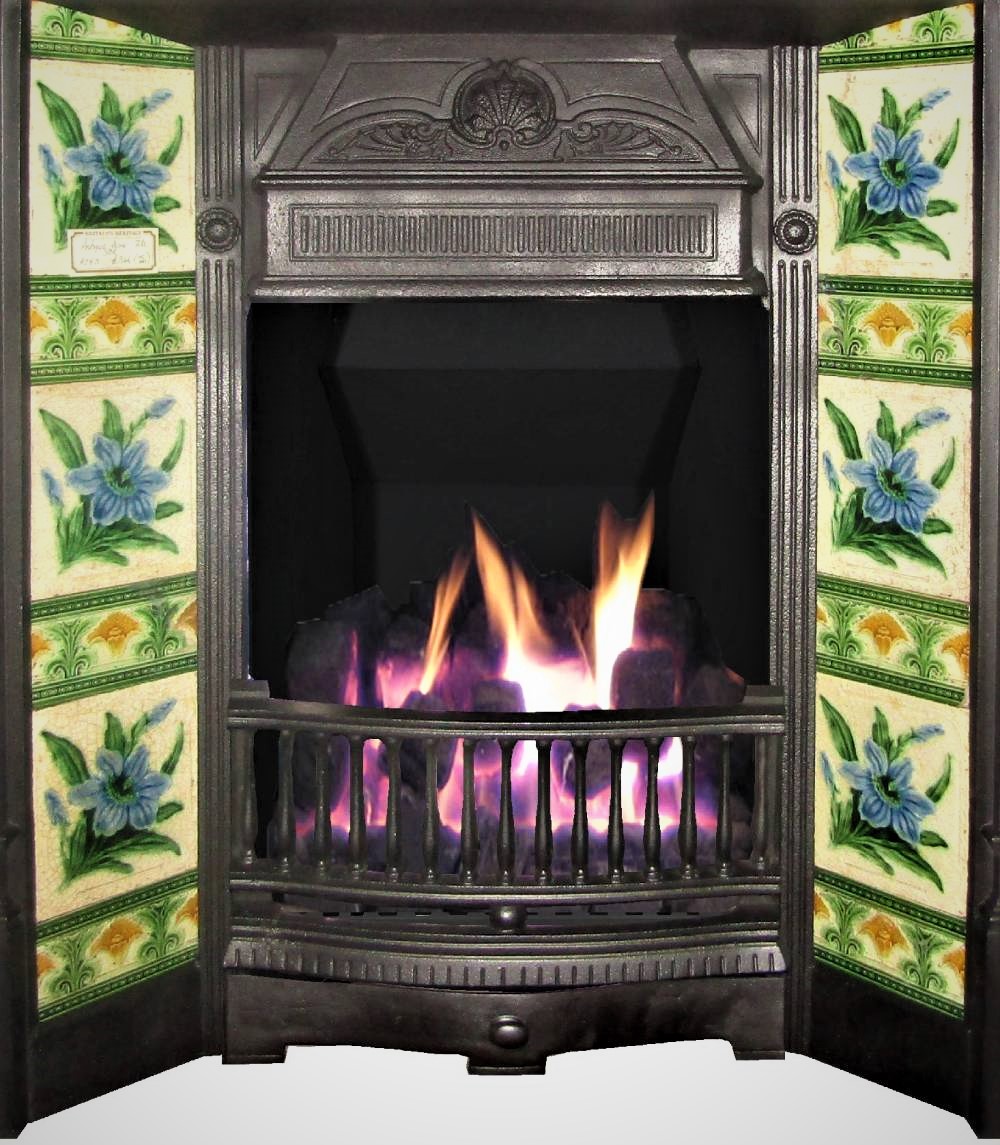
Choosing the Right Materials for Fireplace Tile Sets
When selecting fireplace tile sets, the material is a critical consideration. Common materials include ceramic, porcelain, natural stone, glass, and metal, each offering distinct advantages and aesthetic qualities.
Ceramic tiles are a popular choice due to their affordability, versatility, and heat resistance. They come in various colors, patterns, and finishes, allowing for a high degree of customization. Porcelain tiles, a type of ceramic, are even more durable and less porous, making them ideal for areas with high heat exposure. Their resistance to staining and scratching adds to their appeal.
Natural stone tiles, such as granite, marble, and slate, offer a timeless and luxurious look. These materials are incredibly durable and can withstand high temperatures, making them suitable for fireplace surrounds. However, they require sealing to prevent staining and may be more expensive than other options. The natural variations in stone tiles also mean that no two tiles are exactly alike, adding to their unique charm.
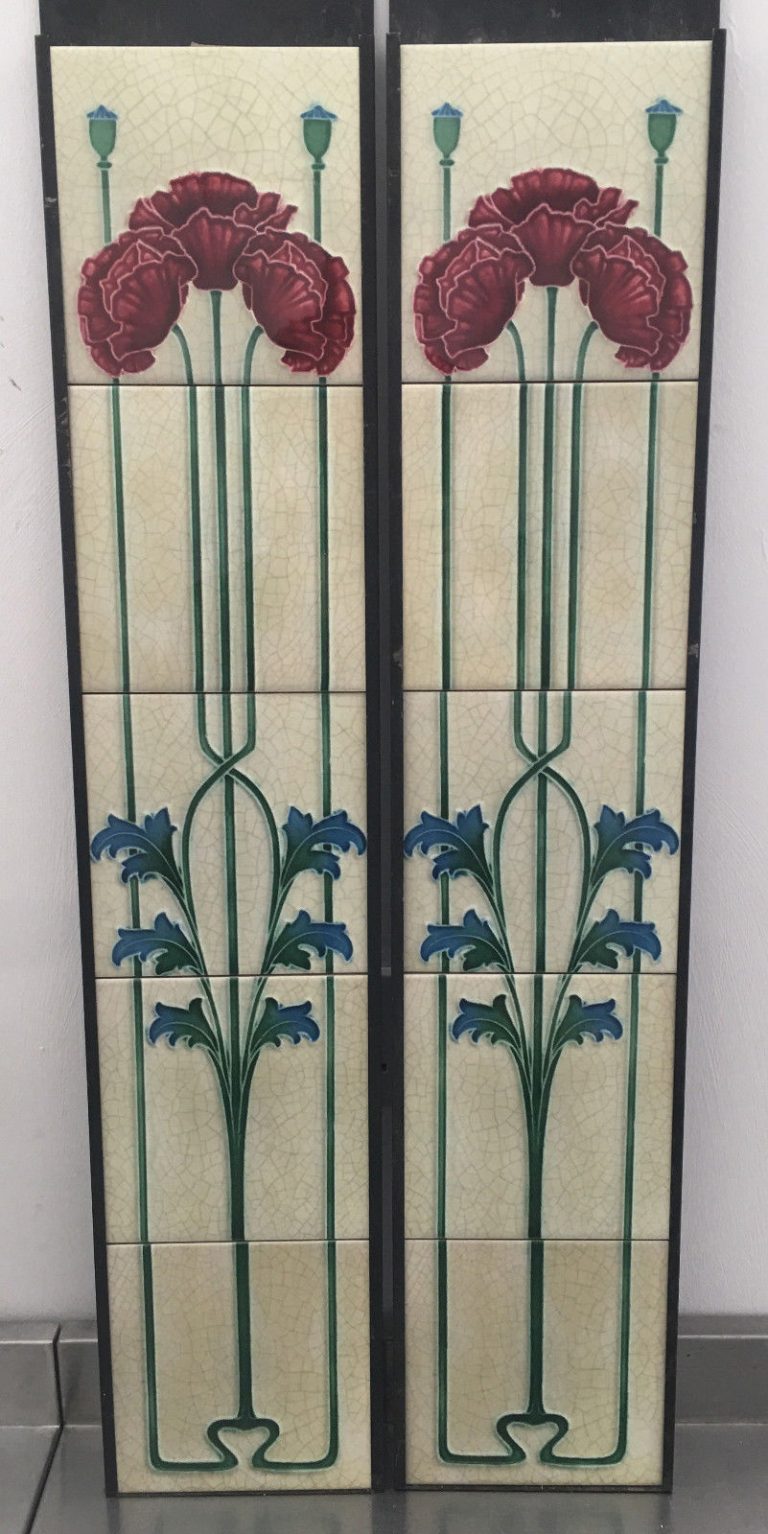
Glass tiles provide a modern and sleek look, reflecting light and creating a sense of depth and brightness. They are also heat-resistant and easy to clean. However, they can be more fragile than other materials and may require professional installation to ensure they are properly secured and aligned.
Metal tiles, such as those made from stainless steel, copper, or aluminum, offer a contemporary and industrial aesthetic. They are highly durable, heat-resistant, and easy to maintain. Their reflective surface can add a striking visual element to the fireplace. However, metal tiles can be prone to scratching and may require regular polishing to maintain their shine.

Designing with Fireplace Tile Sets
Designing with fireplace tile sets involves creativity and an understanding of both the aesthetic and functional aspects of the tiles. The first step is to choose a design theme that complements the overall decor of the room. Traditional, modern, rustic, and eclectic styles each offer different approaches to using tiles around a fireplace.
For a traditional look, consider using ceramic or natural stone tiles in classic patterns such as herringbone or subway. Earthy tones and intricate designs can enhance the timeless appeal of a traditional fireplace. On the other hand, a modern design might feature sleek, glossy glass or metal tiles in geometric patterns or bold, solid colors. The clean lines and reflective surfaces of these materials can create a contemporary focal point.
Rustic designs benefit from the use of natural stone tiles with a rough or textured finish. Colors inspired by nature, such as browns, greens, and grays, can complement a rustic or farmhouse aesthetic. Using large, unevenly shaped tiles can enhance the natural, rugged look.
An eclectic design allows for more freedom and creativity, combining different materials, colors, and patterns to create a unique and personalized fireplace surround. Mixing and matching tiles can result in a vibrant and dynamic look, perfect for those who enjoy a bold and unconventional style.

Interesting Articles You May Want to Check:
- Stacked Tile Fireplace
- Hexagon Tile Fireplace
- Craftsman Fireplace Tile Designs
- Bicester Tiles And Fireplaces
- Best Tile for Fireplace
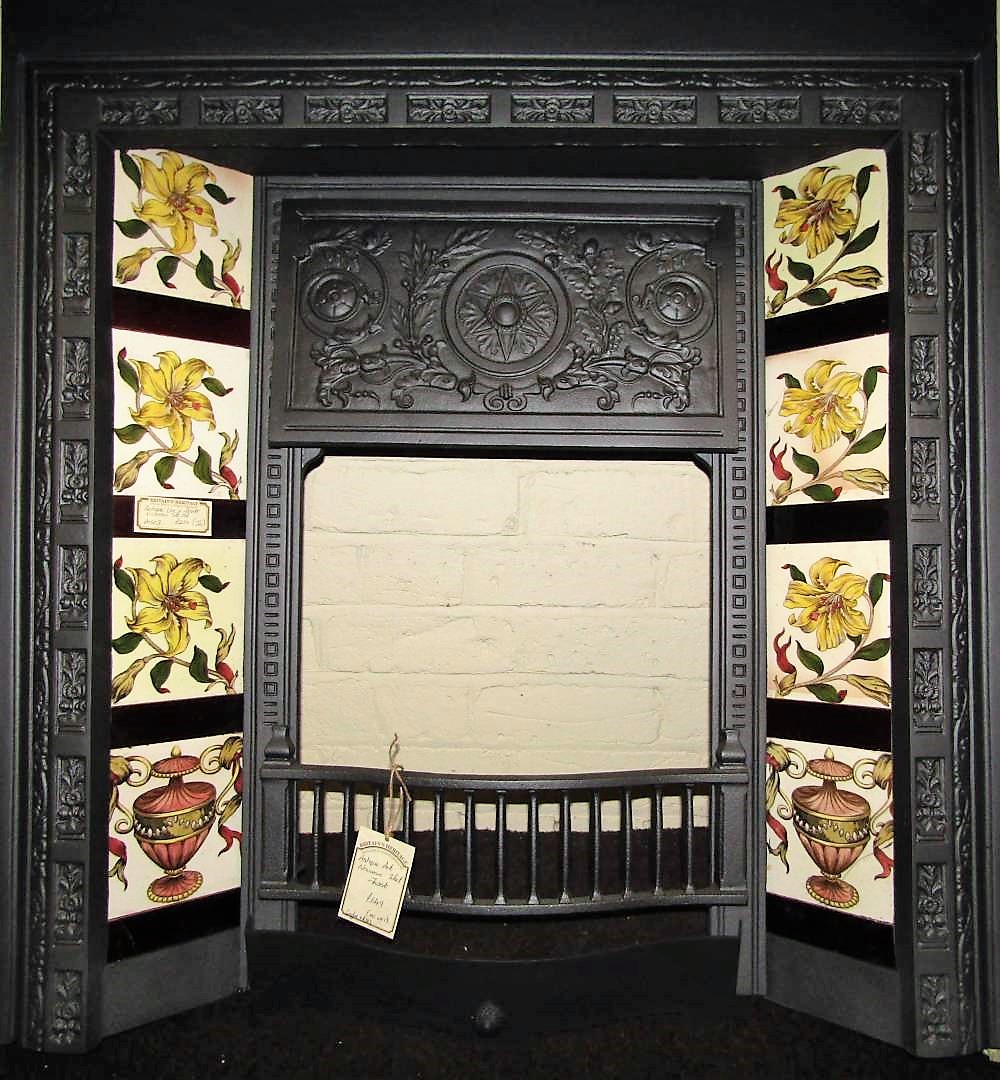
Installation Process of Fireplace Tile Sets
Installing fireplace tile sets requires careful planning and execution to ensure a durable and aesthetically pleasing result. The process involves several key steps, from preparation to final finishing.
The first step is to prepare the surface by cleaning it thoroughly and ensuring it is smooth and free of any debris. If the existing surface is uneven or damaged, it may need to be repaired or leveled before tile installation can begin. This step is crucial for ensuring that the tiles adhere properly and remain secure over time.
Next, a suitable adhesive or mortar is applied to the surface. The type of adhesive used will depend on the tile material and the surface being tiled. It is important to follow the manufacturer’s instructions regarding the application and curing times for the adhesive.
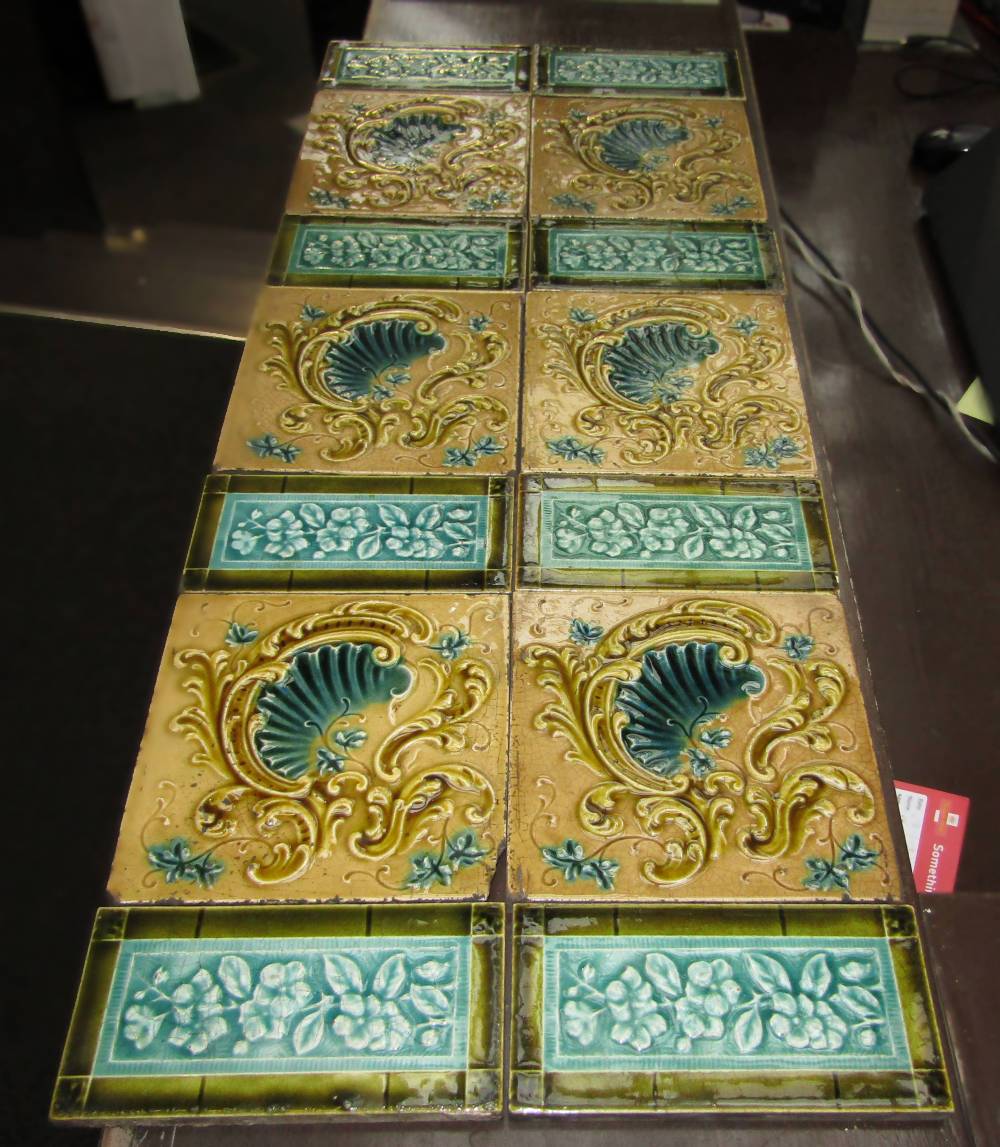
The tiles are then placed on the adhesive, starting from the bottom and working upwards. Spacers are used to ensure even spacing between tiles, and a level is used to check that the tiles are aligned properly. It is important to work in small sections to prevent the adhesive from drying out before the tiles are placed.
Once the tiles are in place, they are left to set according to the adhesive manufacturer’s instructions. After the adhesive has cured, the spacers are removed, and grout is applied to fill the spaces between the tiles. The grout should be applied evenly and wiped clean with a damp sponge to ensure a smooth finish.
Finally, the grout is allowed to dry, and a sealant is applied to protect the tiles and grout from moisture and stains. Regular maintenance, such as cleaning and resealing, will help ensure the longevity and appearance of the tile set.

Maintenance and Care Tips
Maintaining and caring for fireplace tile sets is essential for preserving their appearance and functionality. Regular cleaning, sealing, and inspections can help keep the tiles looking new and prevent damage.
Cleaning should be done regularly to remove dust, soot, and debris. A soft cloth or sponge with a mild cleaner is usually sufficient for most tile materials. It is important to avoid using abrasive cleaners or tools that could scratch or damage the tiles. For natural stone tiles, a pH-neutral cleaner is recommended to prevent etching or staining.
Sealing is particularly important for natural stone tiles and grout. Sealants help protect the tiles from moisture, stains, and damage. The frequency of sealing will depend on the type of stone and the level of use, but it is generally recommended to reseal natural stone tiles every six to twelve months.
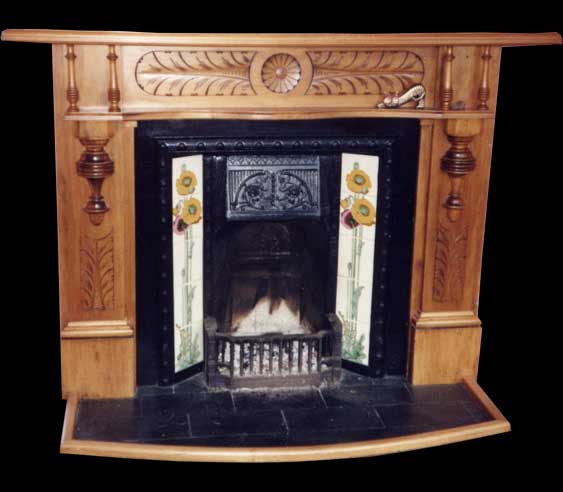
Inspections should be conducted regularly to check for any signs of damage, such as cracks, chips, or loose tiles. Promptly addressing any issues can prevent further damage and maintain the integrity of the tile set. For example, damaged grout should be removed and replaced to prevent moisture from penetrating the tiles and causing damage.
In addition to regular cleaning and sealing, it is important to take precautions to protect the tiles from heat and impact. Using a fireplace screen can help prevent sparks and heat from damaging the tiles, and avoiding heavy impacts or sharp objects can prevent chips and cracks.

Common Mistakes to Avoid with Fireplace Tile Sets
Incorrect Tile Selection
Choosing the wrong type of tile for your fireplace can lead to several problems. Not all tiles are heat-resistant, and selecting tiles that cannot withstand high temperatures can result in cracking discoloration, or even fire hazards. It is crucial to choose tiles specifically designed for use around fireplaces, such as ceramic, porcelain, or natural stone tiles.
Poor Surface Preparation
Failing to prepare the surface properly before tile installation is a common mistake. An uneven or dirty surface can prevent the tiles from adhering correctly, leading to loose tiles and an uneven appearance. Ensuring the surface is clean, smooth, and properly repaired before installation is essential for a successful tile installation.
Incorrect Adhesive and Grout Usage
Using the wrong type of adhesive or grout can compromise the integrity of the tile installation. It is important to select an adhesive that is suitable for the tile material and the high temperatures around a fireplace. Similarly, using the appropriate grout and ensuring it is applied correctly can prevent issues such as cracking, staining, or water damage.
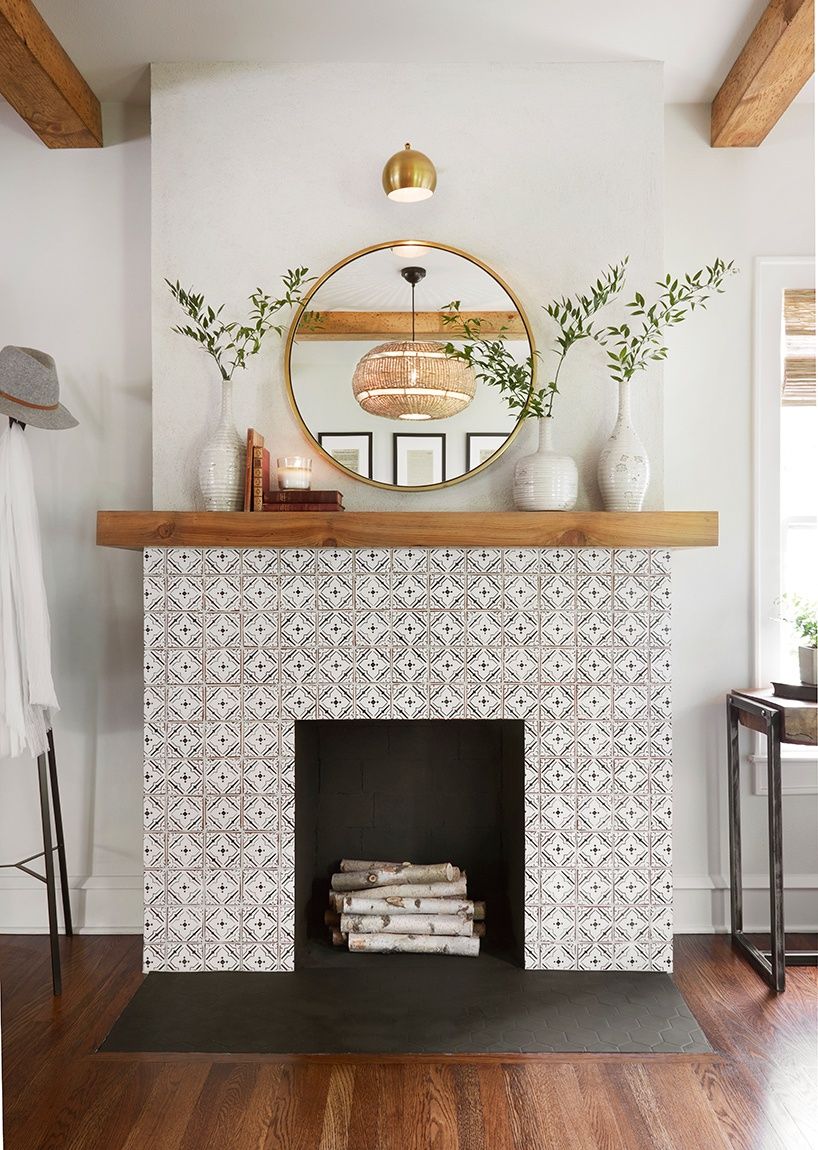
Inconsistent Tile Spacing
Inconsistent spacing between tiles can result in an unprofessional and uneven appearance. Using spacers during installation can help ensure even spacing and alignment of the tiles. It is also important to use a level to check that the tiles are properly aligned, especially when working with patterns or designs.
Neglecting Regular Maintenance
Neglecting regular maintenance, such as cleaning and sealing, can lead to the deterioration of the tile set over time. Regular cleaning prevents the buildup of soot and grime, while sealing protects the tiles and grout from moisture and stains. Setting a maintenance schedule and adhering to it can help preserve the appearance and functionality of the fireplace tile set.
Ignoring Professional Help When Needed
Attempting to install or repair fireplace tiles without the necessary skills or experience can lead to mistakes and potential damage. For complex installations or repairs, it is advisable to seek professional help to ensure the tiles are installed correctly and safely. Professional installers have the expertise and tools to handle various tile materials and installation challenges.
![]()
What are the best materials for fireplace tile sets?
The best materials for fireplace tile sets include ceramic, porcelain, natural stone, glass, and metal. Ceramic and porcelain tiles are popular due to their affordability, versatility, and heat resistance. Natural stone tiles, such as granite, marble, and slate, offer durability and a luxurious appearance. Glass tiles provide a modern and sleek look, while metal tiles add a contemporary and industrial aesthetic. Each material has its unique benefits, and the choice depends on personal preference, budget, and the desired style.
How do I clean and maintain my fireplace tile set?
To clean and maintain a fireplace tile set, use a soft cloth or sponge with a mild cleaner suitable for the tile material. Avoid abrasive cleaners or tools that could scratch the tiles. For natural stone tiles, use a pH-neutral cleaner to prevent etching or staining. Regularly seal natural stone tiles and grout to protect against moisture and stains. Conduct periodic inspections to check for any signs of damage and address any issues promptly to maintain the integrity and appearance of the tile set.
Can I install a fireplace tile set myself?
Installing a fireplace tile set yourself is possible, but it depends on the complexity of the installation and your experience with tiling. Simple installations with prefabricated tiles may be manageable as a DIY project. However, complex designs or heavy materials like natural stone may require professional installation to ensure accuracy and safety. If you decide to install the tile set yourself, carefully follow the manufacturer’s instructions and use the appropriate tools and materials.
What should I do if my fireplace tiles are damaged?
If your fireplace tiles are damaged, it is important to address the issue promptly. For minor damage, such as small cracks or chips, use a suitable filler or repair kit. For more significant damage, especially with materials like natural stone, consider hiring a professional for repair. Regular inspections and maintenance can help identify potential issues early and prevent extensive damage. Ensuring proper cleaning, sealing, and protective measures can also help prevent future damage.
How can I choose the right design for my fireplace tile set?
Choosing the right design for your fireplace tile set involves considering the overall style and decor of the room. For a traditional look, opt for ceramic or natural stone tiles in classic patterns and earthy tones. Modern designs may feature sleek glass or metal tiles in bold colors and geometric patterns. Rustic designs benefit from textured natural stone tiles in nature-inspired colors. An eclectic design allows for mixing and matching different materials, colors, and patterns to create a unique and personalized look.

Imagine a crackling fire, casting warm, dancing shadows on the walls, and a fireplace surround that’s not just functional but a breathtaking work of art. That’s the magic of fireplace tile sets. These curated collections of tiles, ranging from classic brick to intricate mosaics, offer a world of possibilities to transform your fireplace into a focal point that reflects your unique style and elevates the ambiance of your entire room. Whether you’re seeking a rustic charm, a modern minimalist aesthetic, or a touch of vintage elegance, there’s a fireplace tile set out there waiting to ignite your design dreams.
Related Posts: